The following article has been translated by EAAFP Secretariat from the original Korean article provided by Green Korea Incheon. Minor revisions have been applied to the original article to improve clarity and align with the guidelines established by the EAAFP.
Read the original article on the Green Korea Incheon website (KOR) here.
- From April to December 2023, surveys were conducted 18 times with 12 citizen scientists.
- Approximately 50,000 waterbirds were observed in Yeongjong, significantly surpassing the Ramsar Sites standard of 20,000 waterbirds.
- The Yeongjong-do Second Dredge Dumping Grounds, which shows a high potential to serve as a breeding ground for endangered species, requires conservation management as a future habitat.
- The Yeongjong Tidal Flat is a globally significant habitat for endangered birds, deserving designation as a World Natural Heritage site.
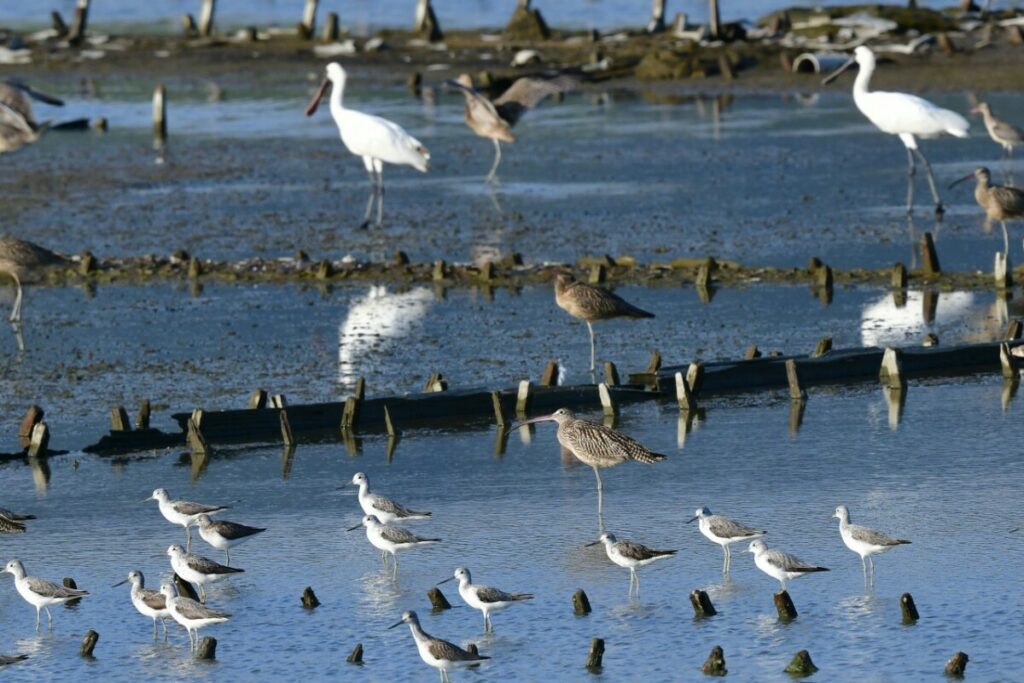 Figure 1. Birds resting at Hongdae Salt Pan © Green Korea Incheon
Figure 1. Birds resting at Hongdae Salt Pan © Green Korea Incheon
The 2023 Yeongjong Tidal Flat Bird Monitoring, co-hosted by the Green Korea Incheon and the Waterbird Network Korea and in collaboration with the East Asian–Australasian Flyway Partnership (EAAFP), affirmed the status of Yeongjong Tidal Flat as a world-class habitat for endangered birds, worthy of being listed as a World Natural Heritage site.
From April to December 2023, surveys were conducted 18 times each in four regions to assess the population and migration routes of seven major endangered bird species inhabiting Yeongjong Tidal Flat (Black-faced Spoonbill (EN), Chinese Egret (VU), Eurasian Oystercatcher (NT), Bar-tailed Godwit (NT), Far Eastern Curlew (EN), Great Knot (EN), Saunders’s Gull (VU)). These surveys were divided into four areas: Yedanpo Dock, Midan City, Yeongjong-do Dredge Dumping Grounds and the east side of Yeongjong, Songsan Reservoir and Yeongjong Southern Tidal Flat, Hongdae Salt Pan and the tidal flat on the right side of Incheon Bridge.
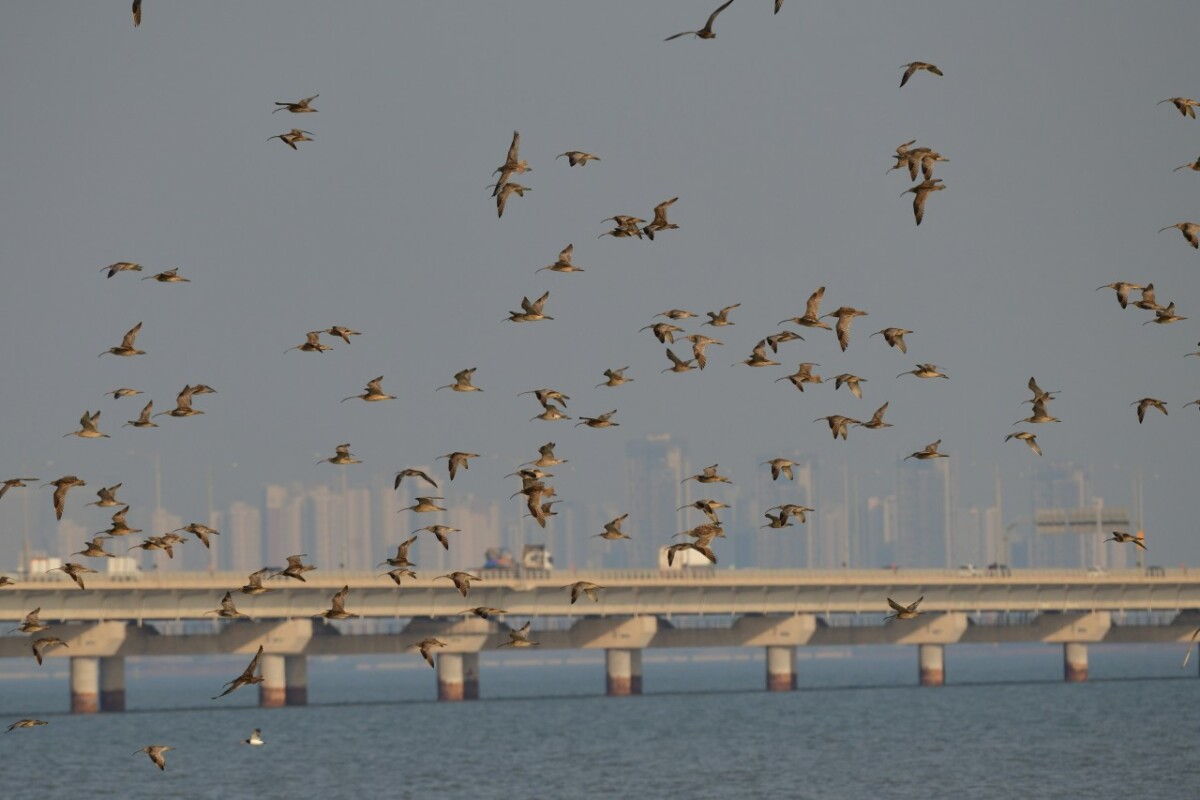 Figure 2. Far Eastern Curlew flying from the southern end of Incheon Bridge © Green Korea Incheon
Figure 2. Far Eastern Curlew flying from the southern end of Incheon Bridge © Green Korea Incheon
According to the 2023 survey, the total monthly maximum population of the seven core species reached 17,528. Among these species, the Far Eastern Curlew was evenly distributed across all regions, with 2,041 individuals observed solely at the Yeongjong-do Dredge Dumping Grounds and on the east side of Yeongjong in September. This number is high enough to account for about 6% of the global population of 32,000. Furthermore, up to 609 Black-faced Spoonbills were identified, accounting for 8% of the surviving population. Additionally, beyond the seven core species, several endangered wildlife species were also observed, including the Class I Endangered Wildlife White-tailed Eagle and Red-crowned Crane (VU), and the Class II Endangered Wildlife Bean Goose, Osprey, Hen Harrier, Eurasian Sparrowhawk, Peregrine Falcon, Upland Buzzard, and Little Tern.
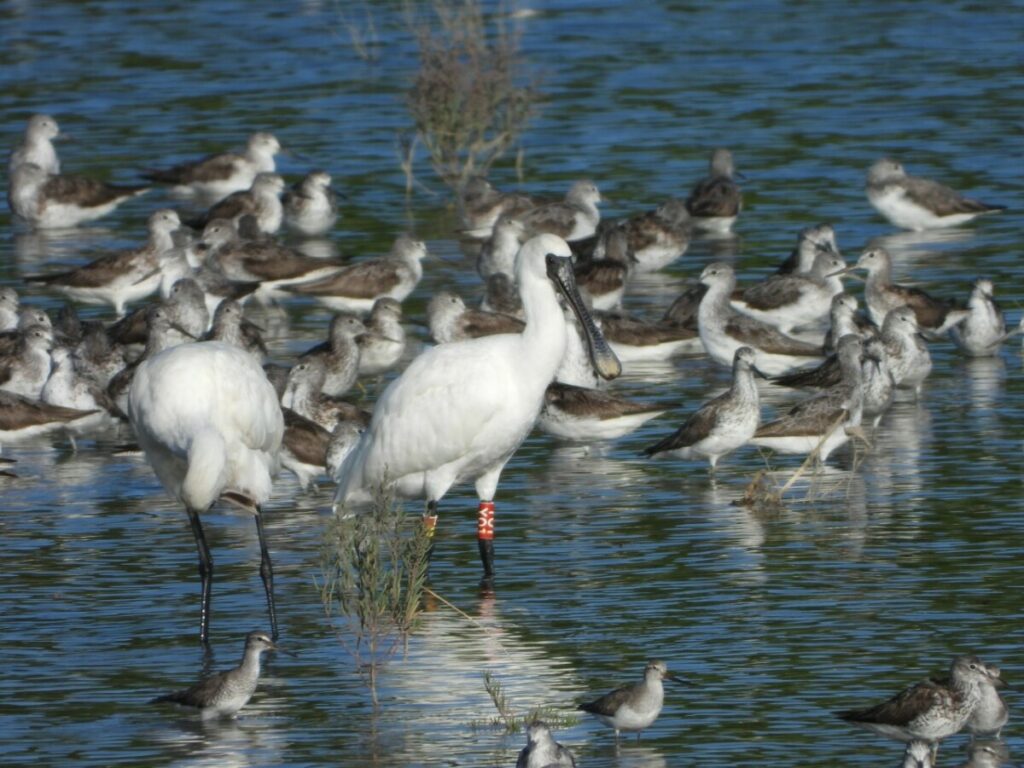 Figure 3. Black-faced Spoonbill with a ring observed in Songsan Reservoir © Green Korea Incheon
Figure 3. Black-faced Spoonbill with a ring observed in Songsan Reservoir © Green Korea Incheon
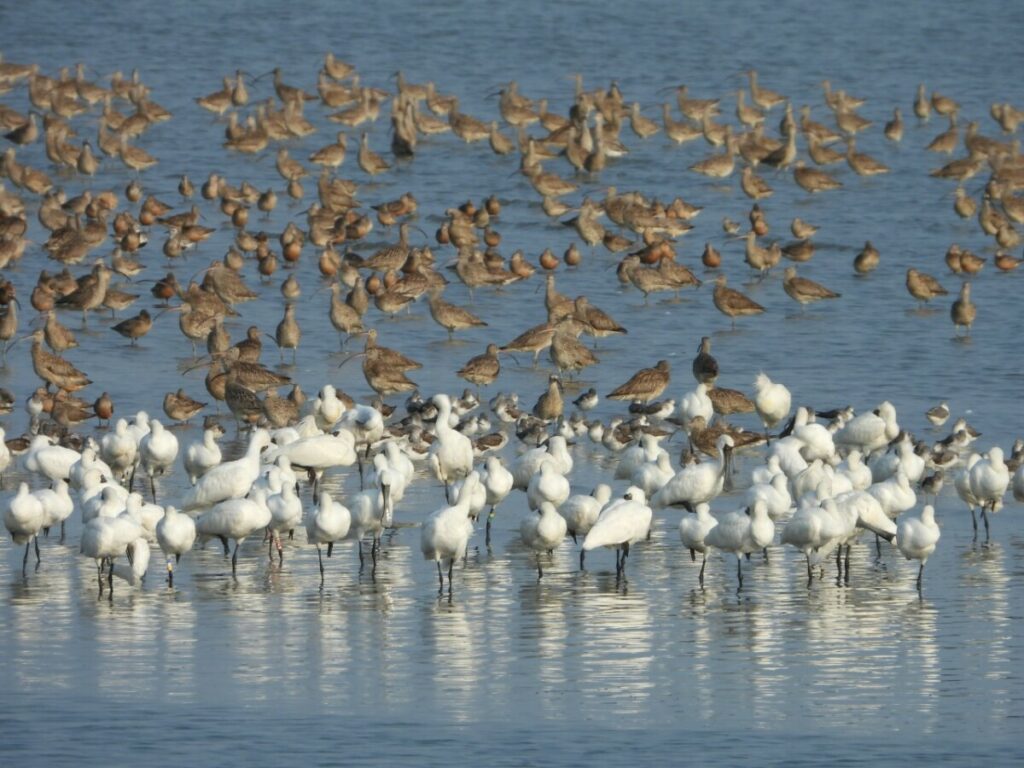 Figure 4. Shorebirds and Black-faced Spoonbills resting at Songsan Reservoir © Green Korea Incheon
Figure 4. Shorebirds and Black-faced Spoonbills resting at Songsan Reservoir © Green Korea Incheon
During the survey, a total of 82 bird species, inclusive of the seven core species, were recorded, with a cumulative total of 165,047 individuals. Among these species, 62 were identified as waterbird species, with approximately 50,000 individuals counted based on the maximum number of observations for each species. This number far exceeds the Ramsar Site standard of 20,000 waterbirds, reaffirming again the significance of protecting this tidal flat on a global scale.
The Yeongjong Tidal Flat serves as an essential habitat and breeding grounds for endangered migratory birds; however, they have disappeared or face threats of disappearance due to development. The abandoned Hongdae Salt Pan, a resting site for migratory birds during high tide, lost its habitat function when the water was removed by the landowner, LH (Korea Land & Housing Corporation), in May 2023 under the pretext of managing the planned development site. In the case of Yeongjong-do Dredge Dumping Grounds, it is being used as a breeding ground by Eurasian Oystercatchers where their nest and eggs can be observed. Even after the dumping is completed in 2030, the Yeongjong-do Second Dredge Dumping Grounds should be conserved as a habitat for endangered birds rather than being earmarked for a port redevelopment project. Additionally, fishermen entering Songsan Reservoir despite the no-entry sign are disrupting the stable habitat of birds. Recently, a Saunders’s Gull, an endangered species, was spotted with its legs entangled by a fishing line in Songsan Reservoir. Concerns also arise with the installation of a media facade in the direction of Songsan, potentially impacting bird migration when operational at night. It is imperative for relevant agencies to establish and implement preemptive plans for habitat management and protection.
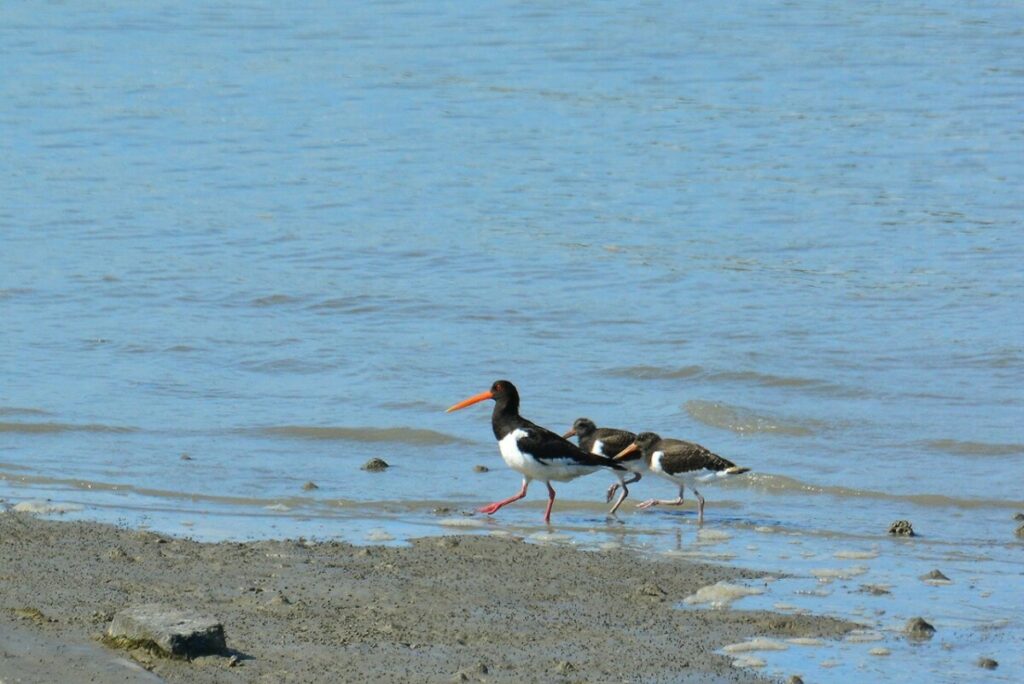 Figure 5. Eurasian Oystercatcher Family © Green Korea Incheon
Figure 5. Eurasian Oystercatcher Family © Green Korea Incheon
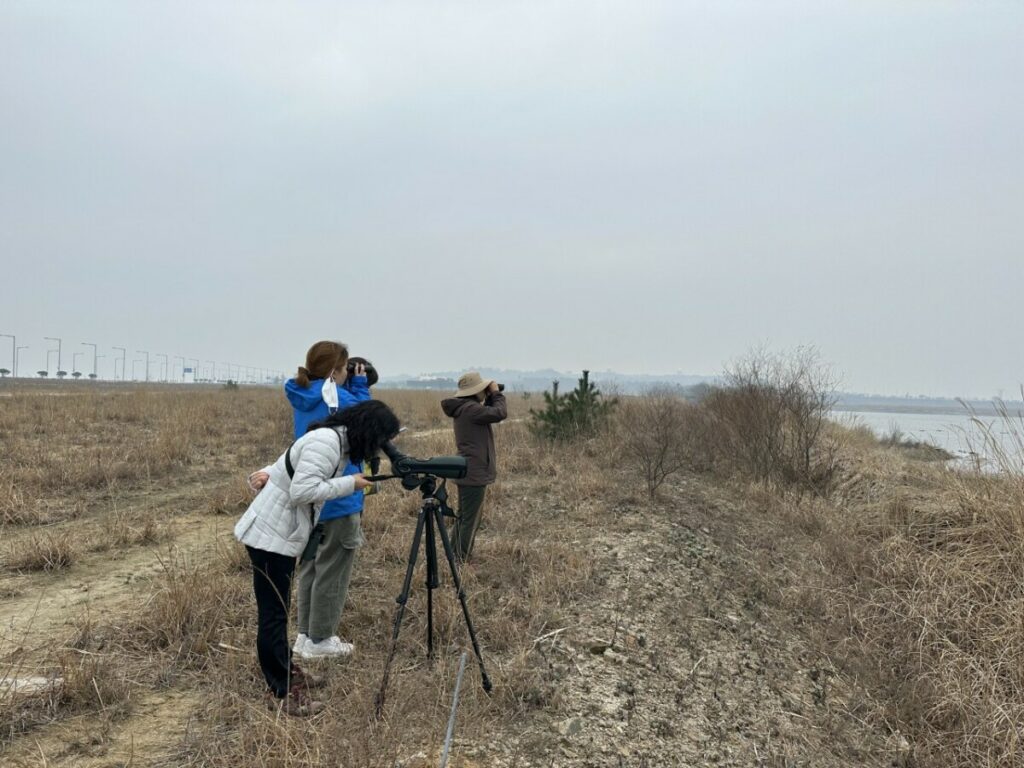 Figure 6. Monitoring © Green Korea Incheon
Figure 6. Monitoring © Green Korea Incheon
Meanwhile, at 2 pm on 19 March 2024, the “Sharing of 2023 Yeongjong-do Black-faced Spoonbill and Migratory Bird Monitoring Results>” took place in the conference room of the EAAFP Secretariat. Dr. Kisup Lee, Director of Waterbird Network Korea and Chair of EAAFP Black-faced Spoonbill Working Group, also attended to oversee the analysis of the 2023 monitoring results. The third monitoring group, consisting of 21 people including Yeongjong residents, began monitoring from 11 March. In addition to migratory bird monitoring, Green Korea Incheon plans to undertake various activities to continuously promote and conserve the value of Yeongjong Tidal Flat.
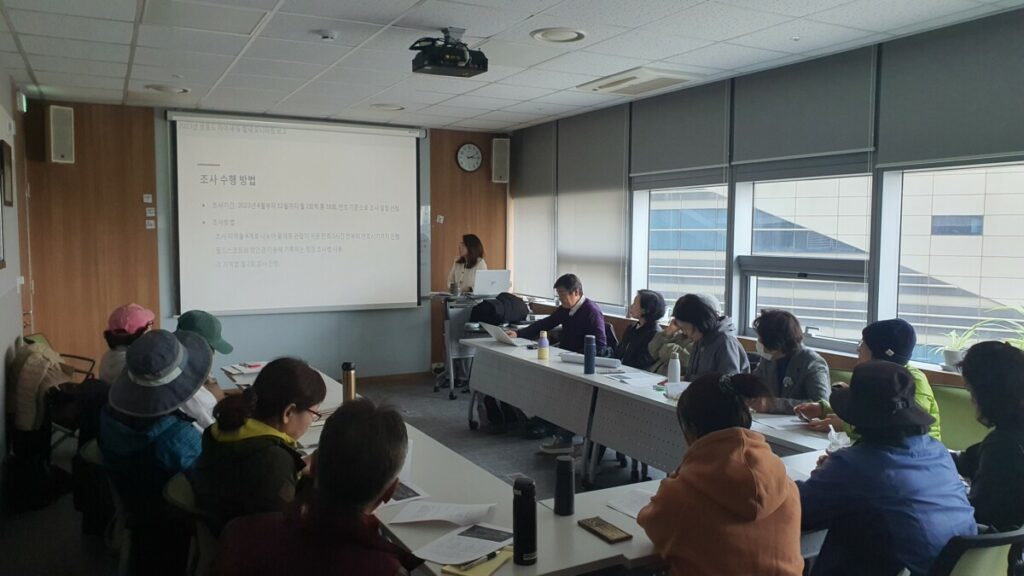 Figure 7. Sharing the Results of 2023 Yeongjong Tidal Flat Bird Monitoring (19 March 2024, EAAFP Conference Room) © Green Korea Incheon
Figure 7. Sharing the Results of 2023 Yeongjong Tidal Flat Bird Monitoring (19 March 2024, EAAFP Conference Room) © Green Korea Incheon
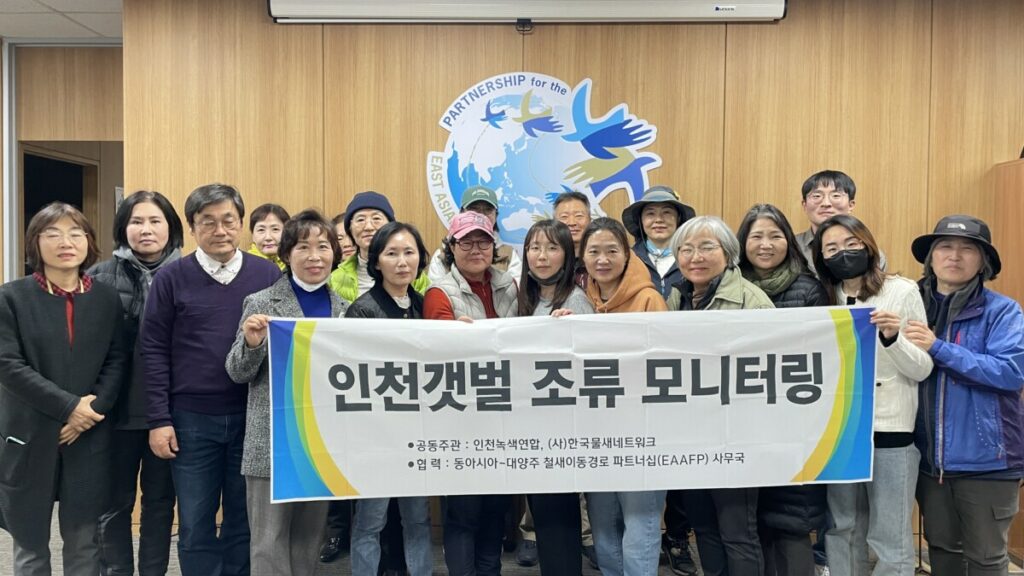 Figure 8. 2024 Yeongjong Tidal Flat Bird Monitoring Unit © Green Korea Incheon
Figure 8. 2024 Yeongjong Tidal Flat Bird Monitoring Unit © Green Korea Incheon




